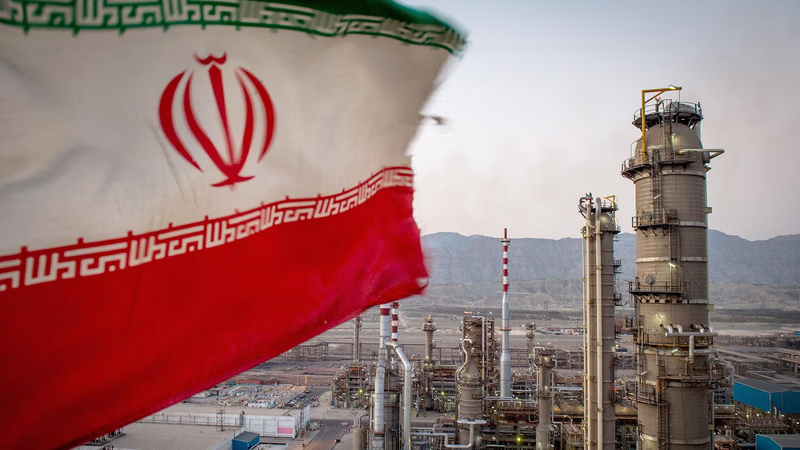
Iran is one of the important countries in the Middle East and has a multipolar economy. Iran`s economy is structured based on natural resources, industry, agriculture and services. Iran has a large population and due to its rich natural resources, it has a diversified economy. Iran also has a high potential in the field of tourism services and has many tourist attractions in the historical, cultural and natural sectors. Regarding the share of Iranian marketers in world trade, it can be said that Iran is a big market that has a significant share of world trade.
As one of the important countries in the Middle East region, Iran has many capacities for trade and export. Crude oil and petroleum products, petrochemicals, steel, agricultural products, cars and car parts, mineral and food products are among the products that Iran actively exports to other countries. Iran also has dynamic domestic industries that are in demand at home and abroad. Considering the geographical location of Iran and the need to establish trade with this country, interaction with Iranian marketers can provide opportunities for successful trade in the region and the world.
-
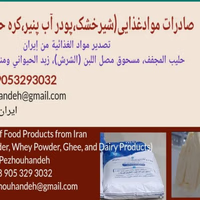
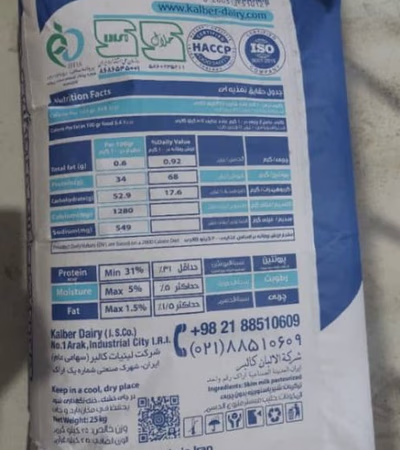 Iran
Dried Milk and Animal Butter
Iran
Dried Milk and Animal Butter
We have skimmed and full-cream dried milk and animal butter suitable for food production, and dried whey (used in the production of cheese, biscuits, ...Details
-
 Masoud Moradi 3 months ago
Masoud Moradi 3 months ago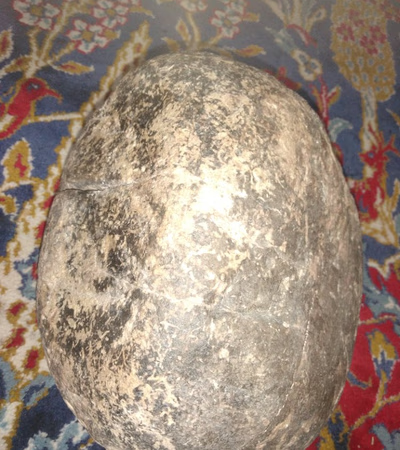 Iran
Meteorite
Iran
Meteorite
MeteoriteDetails
-
 Mohammad Kazem Ghadiri 3 months ago
Mohammad Kazem Ghadiri 3 months ago Iran
Handmade Leather Bag
Iran
Handmade Leather Bag
All bags are made with natural leather and an exceptionally neat and excellent stitchDetails
-
 Mohammad Haj Mohammadhosseini 3 months ago
Mohammad Haj Mohammadhosseini 3 months ago Iran
Fossilized Embryo or Fossilized Egg
Iran
Fossilized Embryo or Fossilized Egg
An embryo that belongs to an animal or maybe a bird, where the blood vessels are completely visible, even the shape of the creature and the place wher...Details
-
 Tsf 3 months ago
Tsf 3 months ago Iran
resin
Iran
resin
unsaturated polyester Alkyd resin Maleic resinDetails
-
 Eyravani 3 months ago
Eyravani 3 months ago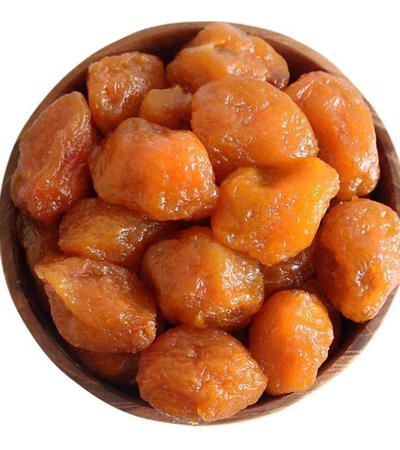 Iran
Types of plums. Peach sheets
Iran
Types of plums. Peach sheets
Hello. Good day. Various types of plums (Bukhara, Haj Hassani, California, Shoqani, TorghabehDetails
-
 Mohammad Haghighat 3 months ago
Mohammad Haghighat 3 months ago Iran
Tomato/Watermelon/
Iran
Tomato/Watermelon/
In the name of Allah, greetings to dear traders. Supply and packaging of tomatoes in various packages, watermelon box pallet 500 kg and 1 tonDetails
-
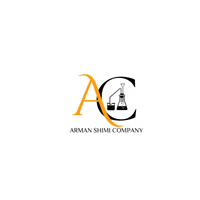 Arman Shimi Asgari 3 months ago
Arman Shimi Asgari 3 months ago Iran
Supply of Chemical Raw Materials
Iran
Supply of Chemical Raw Materials
ARMAN SHIMI ASGARIDetails
-
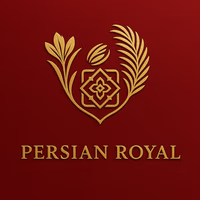 پرشین رویال 3 months ago
پرشین رویال 3 months ago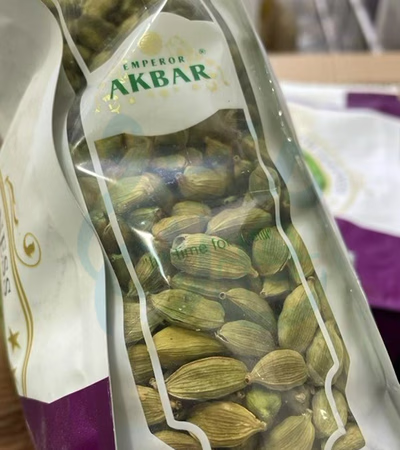 Iran
Carpet, green cardamom, saffron,herbal tees
Iran
Carpet, green cardamom, saffron,herbal tees
We offer a collection of the finest Iranian products with outstanding quality.You can find the following products with us:Pure and premium saffronArom...Details
-
 Mohammadreza 3 months ago
Mohammadreza 3 months ago Iran
Mes_isotop
Iran
Mes_isotop
Hello, isotopic copper with 99. 99% purity, produced in 2021, from Russia, with high tonnage. I am a direct buyer representative at your service.Details
-
 Abdi 3 months ago
Abdi 3 months ago Iran
Copper Isotope
Iran
Copper Isotope
Russian copper isotope with high tonnage at the best price, purity 99. 99Details
-
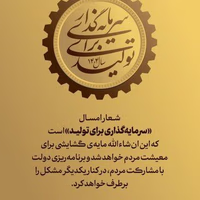 نوآوران برتر آسیا 3 months ago
نوآوران برتر آسیا 3 months ago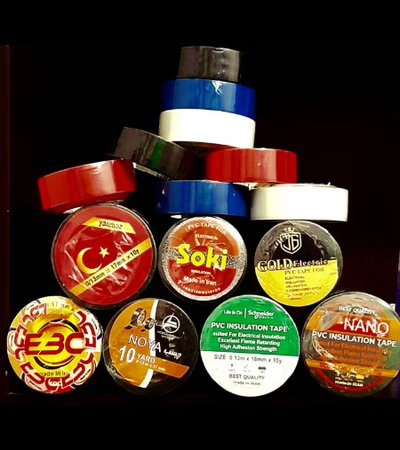 Iran
Electrical Tape Cutting and Packaging Machine
Iran
Electrical Tape Cutting and Packaging Machine
Production and manufacturing of various machines and equipment for producing, cutting, and packaging electrical tape Supplying high-quality raw materi...Details
-
 Mohammad Javad Baqeri 4 months ago
Mohammad Javad Baqeri 4 months ago Iran
Aluminum, iron and steel, pickles, dried fruits and groceries, saffron and spices, metal waste, gold, tar, dairy products, jam and honey, copper, silv
Iran
Aluminum, iron and steel, pickles, dried fruits and groceries, saffron and spices, metal waste, gold, tar, dairy products, jam and honey, copper, silv
I\m directly in contact with all those suppliers from Iran`Details
-
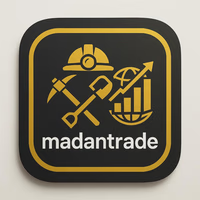 Madantrade 3 months ago
Madantrade 3 months ago Iran
Iron Ore _Pellet_Concentrate_Hematite Stone
Iran
Iron Ore _Pellet_Concentrate_Hematite Stone
Various types of iron ore and supplier of iron ore - concentrate - pelletDetails
-
 Cif 3 months ago
Cif 3 months ago Iran
Meteorite
Iran
Meteorite
Sale of stones that resemble meteorites, attracted by magnets, heavy weight, shiny small grains, and density. Buyer contact through communication chan...Details
-
 Omid Arianmehr 3 months ago
Omid Arianmehr 3 months ago Iran
Old Handwritten Quran
Iran
Old Handwritten Quran
In the name of God. An almost intact old handwritten Quran with an English embossed seal. I do not know its age. Price is negotiable.Details
-
 Sarpoolak 2 months ago
Sarpoolak 2 months ago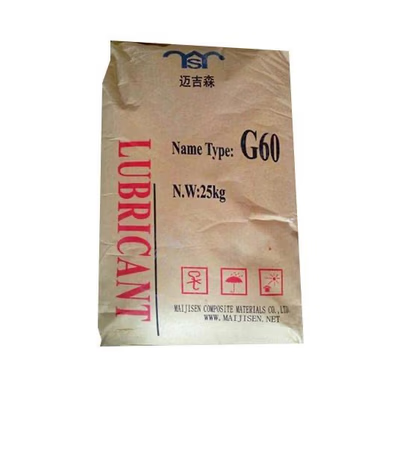 Iran
Various excellent and mineral pigments, various polyethylene and polypropylene granules, various marble sheet coatings, various PVC and additives like G60
Iran
Various excellent and mineral pigments, various polyethylene and polypropylene granules, various marble sheet coatings, various PVC and additives like G60
Sale of various plastic raw materials such as various organic and mineral pigments in red, green, blue, sale of various DPC granules and additives, sa...Details
-
 Sheikh 3 months ago
Sheikh 3 months ago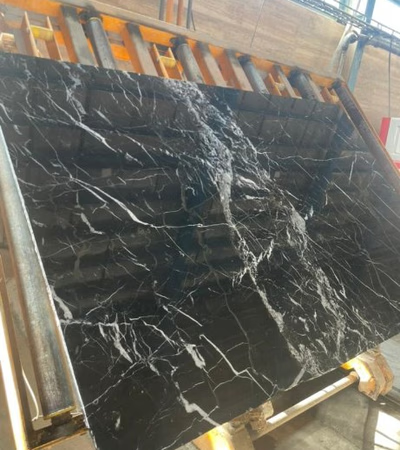 Iran
Marble Stone
Iran
Marble Stone
Hello Marble stone available in various sizes without limitation in tonnage for export to all countries. It is possible to barter with property, land,...Details
-
 Hasanmohammadzadeh 3 months ago
Hasanmohammadzadeh 3 months ago Iran
Mineral and Precious Stones
Iran
Mineral and Precious Stones
Various types of agate stones, hematite stones, diamond and amber stones, and various precious stonesDetails
-
 Saeid Zare 3 months ago
Saeid Zare 3 months ago Iran
agricultural machinary &equipment
Iran
agricultural machinary &equipment
saeid zare componey is ready for supplying &selling all kind of these type of equipment &goods that mentioned with high quality &best price in all of ...Details
-
 Shahriar Block 3 months ago
Shahriar Block 3 months ago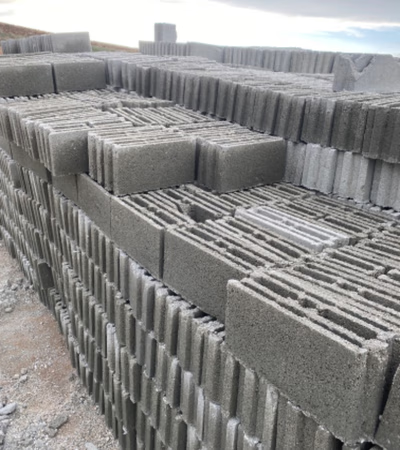 Iran
Lightweight Cement Blocks
Iran
Lightweight Cement Blocks
Receive guaranteed quality blocks from Shahriar Block. كتلة عالية الجودة مع كيفية تضمين الكتلة مع كتلة شهريار. High quality block with how to include ...Details
-
 Bahmani 3 months ago
Bahmani 3 months ago Iran
Fossil
Iran
Fossil
A fossil that has been extracted from within the rock and has shiny crystalline particles on it, with a billion-year historyDetails
-
 Manouchehrbahrami 3 months ago
Manouchehrbahrami 3 months ago Iran
Meteorite
Iran
Meteorite
Hello dear buyers, I have 6 different meteorites for sale. If interested, please contact this number: 9809337764729.Details
-
 Mohammad Hossein Khosh Lahjeh 3 months ago
Mohammad Hossein Khosh Lahjeh 3 months ago Iran
Shahab Antique Dishes Gemstones
Iran
Shahab Antique Dishes Gemstones
All goods are original, even one year after the transaction, if it turns out not to be original, the amount of money and damages will be paid.Details
-
 Mohamadreza 3 months ago
Mohamadreza 3 months ago Iran
Meteor Shower
Iran
Meteor Shower
meteorite MarsDetails
Iran's economy presents a unique landscape for traders, particularly in the context of West Asia. In 2023, Iran's GDP is projected to reach approximately $404.6 billion, reflecting a steady growth trajectory. The country's exports of goods and services, which constituted 24.2% of its GDP, indicate a robust engagement in international trade, although this is below the global average of 32.1%. Notably, Iran's inflation rate remains high, hovering around 44.6%, which poses a risk for price stability and purchasing power.
In terms of sector contributions, the services sector dominates with 48.3% of GDP, followed by industry at 36.2% and agriculture at 12.8%. This diversification offers various avenues for trade, especially in services and industrial goods. However, the high inflation and a fixed official exchange rate of 42,000 IRR per USD may complicate transactions and pricing strategies for foreign traders.
Comparatively, Iran's merchandise import value indices have shown a decline from 126.6 in 2021 to an estimated 112.8 in 2023, suggesting a potential contraction in import demand. This trend contrasts with the global average import value index, which has also decreased but at a slower rate. For new entrepreneurs, this indicates a cautious approach to entering the Iranian market, focusing on sectors with stable demand and considering the economic volatility.
Overall, while opportunities exist, particularly in the B2B marketplace and commodity trade, traders must navigate the challenges posed by inflation and currency stability to successfully engage with Iranian businesses.



































